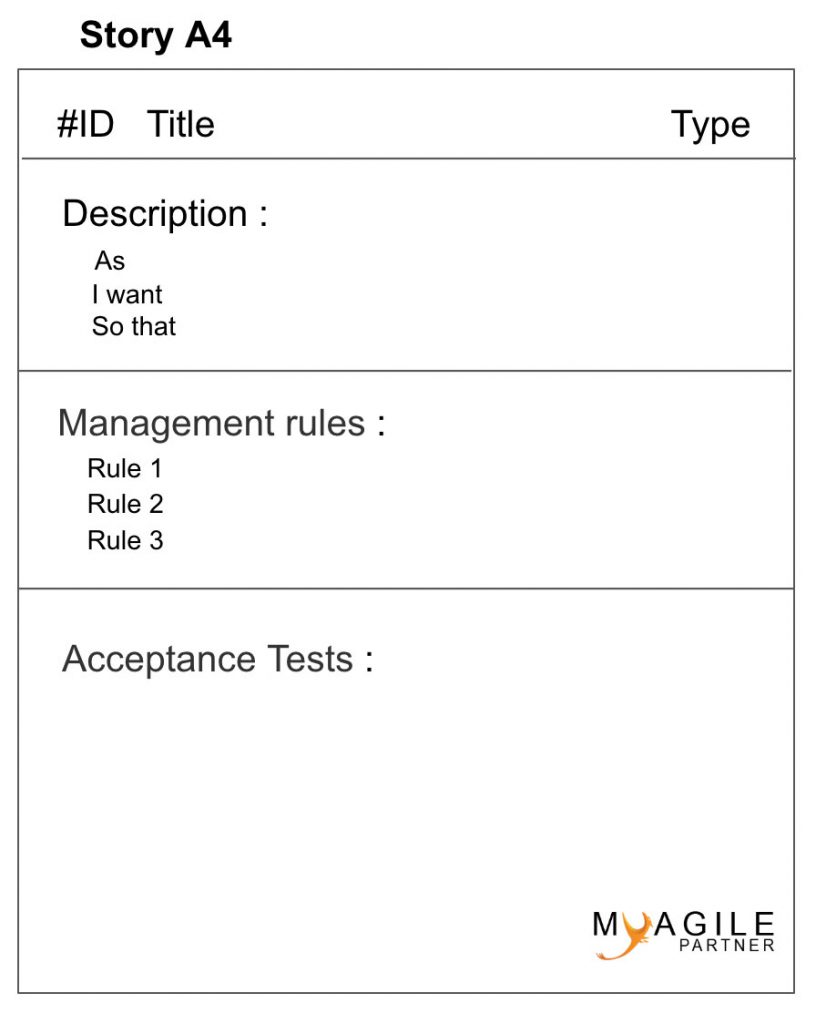
How to Write an Agile Story: A Comprehensive Guide
Many individuals ask how to write an agile story. In this article, we will provide an answer to this question.
Crafting well-defined user stories is crucial in Scrum or Agile practices. Let’s explore the process of writing an agile story together; while it’s not overly complex, finding the right approach can be challenging at the outset.
How to Write an Agile Story?
To begin, I recommend selecting the appropriate format. The most widely used description is as follows:
As a < type of user >, I want < some goal > so that < some reason >.
Some alternative templates may be covered in future blog posts.
This format is popular because it puts the customer/user at the forefront with the “As” section. This immediately identifies who the request pertains to. Some consider the “so that” part optional if the goal is self-evident.
However, this description alone is insufficient for development. It’s essential to detail the management rules to ensure clarity about customer/user expectations.
Defining the Management Rules
In Agile, it’s recommended to express management rules as simply as possible. Avoid complex sentences, acronyms (unless defined), and technical jargon. It’s critical that all readers can grasp the management rules.
For example, consider an e-commerce website’s user story: “As a customer, I want to add a product to my cart.”
If the stock < 1, the product cannot be added to the cart.
However, if stock < 1 but preorders = 1, the product can be added to the cart.
…
As you can see, presenting your management rules this way is straightforward.
How to Write an Agile Story for Beginners?
Some teams use the A4 story format as a user story template. It’s a simple way to structure all your user stories, focusing on expressing the management rules clearly. You can read our article about the A4 story format.

Testing Our User Stories
When you only detail the management rules, testing various scenarios might be challenging. Thus, it’s advisable to use a specific language to outline the anticipated outcomes; this language is often referred to as “acceptance tests.” The Gherkin language is commonly used by teams for this purpose.
Here’s an example of an acceptance test written in Gherkin language:
Scenario: Adding a Product to My Cart
Given I am on my cart
And I have a product with ID “1234” in quantity “1”
And the remaining stock for this product is “0”
When I add “1” quantity to my product
Then my cart will display an errorGiven I am on my cart
And I have a product with ID “1235” in quantity “1”
And the remaining stock for this product is “10”
When I add “1” quantity to my product
Then my product’s quantity will become “2”
With this article, you can establish your own format or use the A4 story format for writing your user stories. The key is to ensure that everyone can comprehensively understand the expected outcomes.
Useful link: Story A4 (in French)

Be the first to comment